Tales of the City author Armistead Maupin: ‘I’m so proud to be the first writer who portrayed a sympathetic trans character’
In association with Audible
By James Hodge
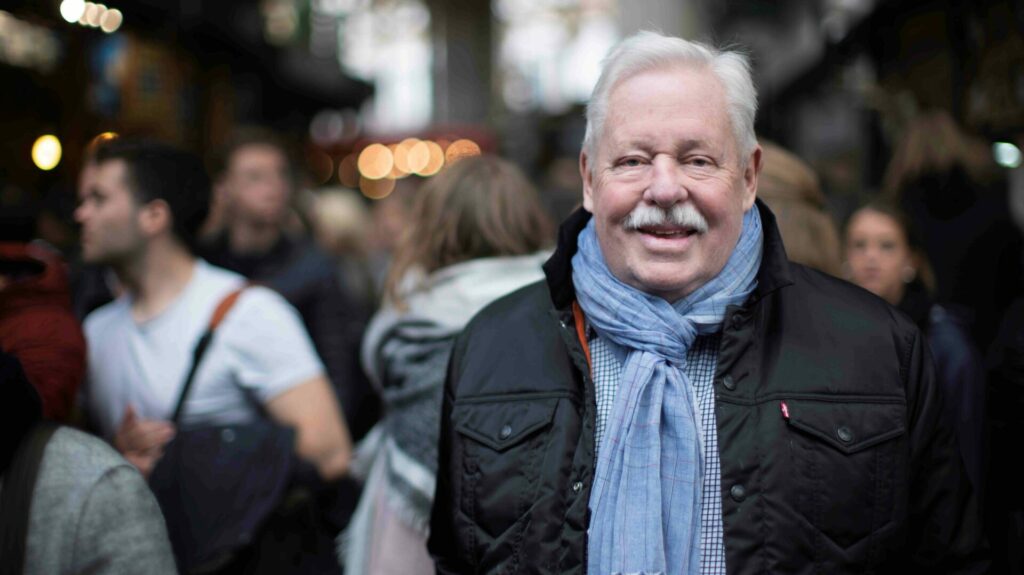
Armistead Maupin, whose Tales of the City series of novels set in San Francisco have sold millions of copies worldwide, talks with Attitude about his love for the characters that have been a part of his life for 50 years.
What’s more, we share our picks of our best recent reads, as well as our current favourite audiobook available on Audible.
Mona of the Manor is the 10th book in the Tales of the City series. What keeps bringing you back to Barbary Lane after all these years?
I have been on a journey with Anna, Michael and company for 50 years now. I never imagined that would be the case. The series was originally a serial for the San Francisco Chronicle that I presumed would end when I left the paper. Then I realised how much people felt connected to these characters, which in turn made me feel connected to them. I know them so well now that they’re sort of second nature for me to write. In the case of this novel, it was Mona herself because I realised I had neglected her in rounding out the series. When we last saw her (in the fourth novel, Babycakes), I sent her off to England to find her mother. Now I wanted to find out where her adventures took her next…
You return to England in this novel, and have lived here yourself for the past five years. What is it that you love about Blighty?
There’s a gentle nature to people here that I really appreciate. Ian McKellen once said when you arrive from the airport and you’ve got a cab driver that calls you love, you know you’re home. British gentility has never died. That’s why I thought it would be fun to throw some bombastic Americans into a small British village in the novel. An invasion!
The novel is set in Easley House, a classical (if rundown) country estate. Was there a particular heritage sight that inspired the setting?
The place is called Stanway House in the Cotswolds, and I had the good luck to be invited there 40 years ago. Chris [Turner, Maupin’s husband] and I revisited this year, and the mad Earl who runs the place couldn’t have been nicer to us. It was like the novel come to life! There’s a certain romance to these places that felt right for Mona’s point in her life.
Chronologically, this novel falls into the latter half of the series, set in 1993. You continue to explore the AIDS crisis in a way that feels important. Why did you want to explore it further?
This was at a time in my life when we were in full crisis mode 30 years ago, and I wanted to remind myself and others what that was like. Young people today don’t know what the panic around AIDS was like: the sheer panic we felt about everything, especially in the days when there was no cure or treatment in sight. I stopped writing the series briefly because I didn’t want to have to write another story in which the gay man dies at the end, and back then, HIV was a death sentence. By the same token, I wrote Michael Tolliver Lives when we realised that finally, a lot of people were going to live after all.
I think that’s something readers love about your writing: your eternal sense of optimism.
There always has to be a sense of hope. It’s all we can do as humans. We don’t have a choice. I hope my writing reflects that.
Another powerful political moment in the story is when Mona challenges another character’s assumptions around trans people. Why was it important to you to highlight the continued struggle of trans people?
I’m so proud to be the first writer who portrayed a sympathetic trans character: someone dignified. I have a double affection for Anna because she is my favourite of my characters, but she was also inspired by my own grandmother. She was a suffragist from England, and she always told me as a child that the best person I could be was myself. That’s what we have to remember in these very politically divided times: trans people are just human beings asking for a dignified life.
There’s a very sexy chapter set in the Hampstead Heath cruising area. What made you want to broach sex so bluntly in your writing this time around?
I wanted to remind people that sex is fun. Even in the midst of a terrible pandemic, of all the tragedy of AIDS, people were still having fun having sex. They could escape from the pain of life by having sex. Everybody I knew who was HIV positive in San Franscisco still managed to find joy in those moments.
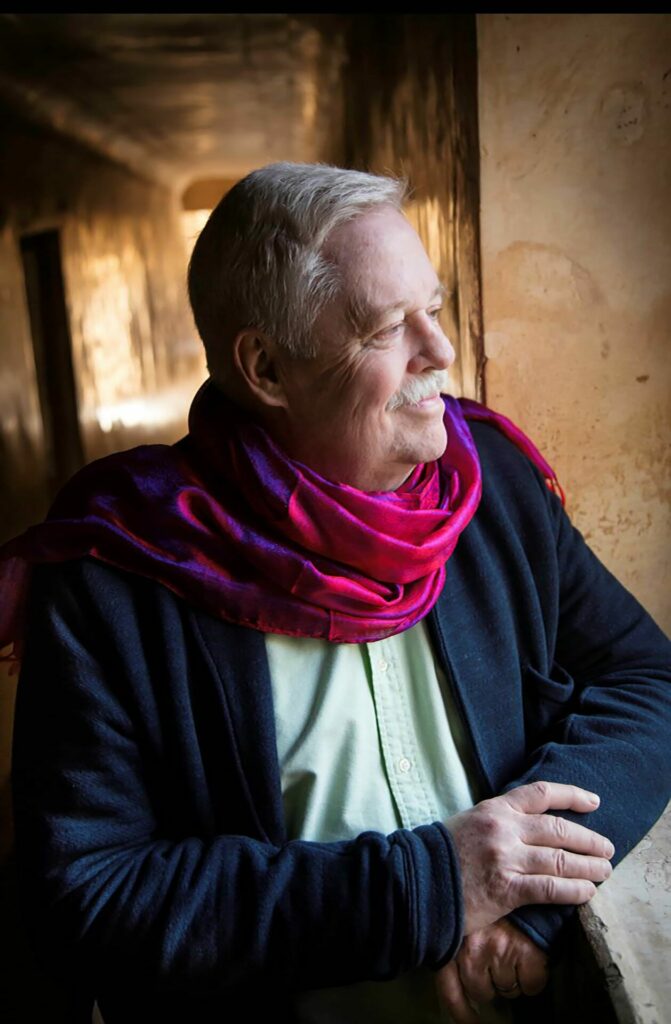
You have said this will be the final Tales of the City novel. What’s next for Armistead Maupin?
I’m working with my partner Christopher on a new novel about a 19th-century writer who wrote for the Chronicle in San Francisco in the 1880s. He was a big old queer and he had a fascinating life. He went off to Hawaii and had an affair with a native guy and was the talk of the town. This is where I want to go next — new territory to work with by going back further in time. I’m going to bring the same elements to it that I brought to Tales: adventure, romance and, of course, San Francisco.
The last book you read that you found really inspiring?
All the Light We Cannot See by Anthony Doerr. It was riveting and personal and powerful. It was made into a shit movie though…
A read that sends shivers up your spine?
Any of H.P. Lovecraft’s work — his stories are always so supernatural and weird.
Which story made you laugh out loud?
I loved Less by Andrew Sean Greer. He won the Pulitzer for it. The protagonist resonated with me: a down-on-his-luck writer who’s travelling the world and trying to make the best of things.
In literature terms, what inspired your original writing of Tales of the City?
P. S. Your Cat Is Dead. A great title, isn’t it? On the front page it said, “It’s New Year’s Eve, your best friend just died and you’ve broken up with your girlfriend. P. S. Your cat is dead, and there’s no one left to talk to but the gay burglar you have tied up in the kitchen…” Well, I had to read that immediately!
Which writer best captures life in San Francisco?
Amy Tan takes a very fresh perspective. She taught me about Chinese life in a way that I had never understood before as an immigrant coming to America in her literature. She’s a talent — you will laugh and cry!
What is your favourite British novel?
I Capture the Castle by Dodie Smith. I stole a few elements for Mona of the Manor actually: eccentric people living in an amazing old house! Similarly, We Have Always Lived in the Castle by Shirley Jackson also features strange aristocrats inhabiting a stately home. I love them both!
Recommended reading…
The Fates by Rosie Garland (Available in hardback from 9 April)
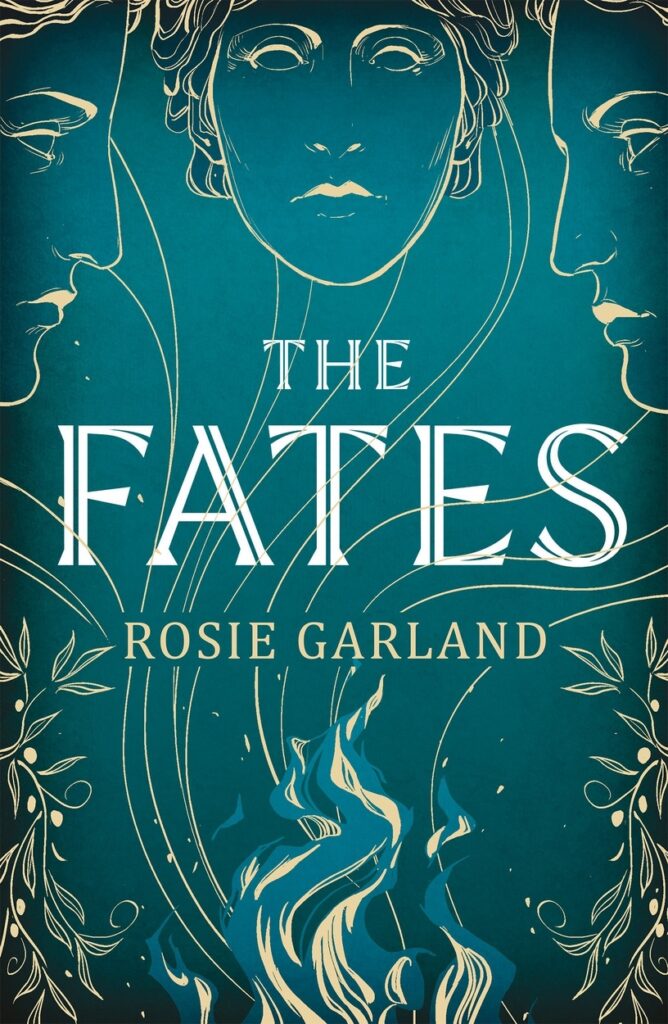
The Fates is the latest in a line of retellings of mythological stories with a modern twist. Not only does it feature all of our favourite ancient conventions — fantastical beasts, epic battles, spats with the Gods and familial in-fighting — but it delivers with punchy feminist zest. The Fates, often imagined as the old hags who spin, measure and cut the threads of mortal humans, tried to free mankind from the tyrannies of Zeus by altering the destinies of famous Grecians Atalanta, Meleager and Antiklea. Featuring thoughtful takes on polyamory, trans identity and non-conformity, it’s both a moving love story and rip-roaring adventure.
Learned by Heart by Emma Donoghue (Available now in hardback, in paperback from 20 June)
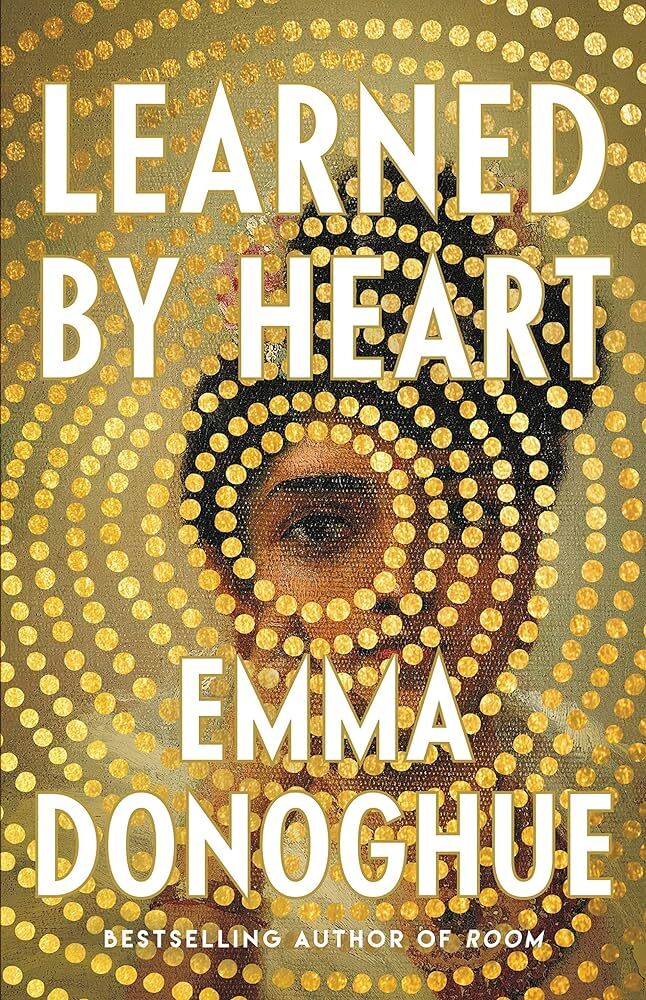
Best known for award-winning novel Room, Emma Donoghue’s historical novel Learned by Heart imagines the early years of Anne Lister, the woman who inspired the hit TV series Gentleman Jack, starring Suranne Jones. Famed for her refusal to succumb to the strict gender roles of the 19th century, Donoghue follows Lister through her years in a lady’s preparatory school, telling the tale of her forbidden romance with another outsider — Eliza Raine, the orphan daughter of an Indian mother. Set against a vividly realised 1800s England, this spellbinding novel is a stunning character exploration that will move even the steeliest of readers.
Audio book pick…
Nick and Charlie by Alice Oseman
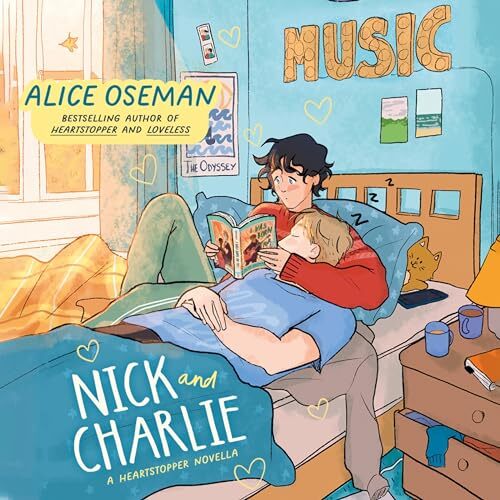
It’s fair to say that Heartstopper has been both a literary and televisual phenomenon. It started out as a series of graphic novels. Oseman has also written a young adult novella to further bring the love story of Nick and Charlie to life. If you have somehow missed the biggest LGBTQ+ hit of recent years, the beauty of Heartstopper is in its innocence and purity — it’s a joyful love story that charts the challenges of discovering one’s sexuality with optimism. In fact, many older readers have commented on how they wish they had had such positive representation of sexuality when they were growing up.
This novella is the perfect introduction for anyone new to the world of Heartstopper, or a refreshing new take on what has become the teenage queer love story of our times. The pairing of Huw Parmenter and Sam Newton as narrators really brings everyone’s favourite duo to life in this Audible retelling.
